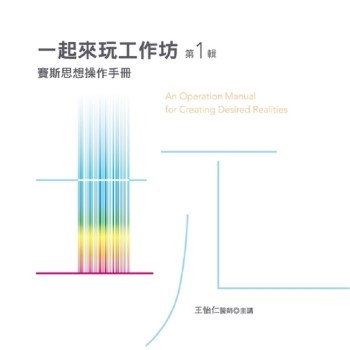Gain a foundational understanding of SRE and learn its basic concepts and architectural best practices for deploying Azure IaaS, PaaS, and microservices-based resilient architectures.
The book starts with the base concepts of SRE operations and developer needs, followed by definitions and acronyms of Service Level Agreements in real-world scenarios. Moving forward, you will learn how to build resilient IaaS solutions, PaaS solutions, and microservices architecture in Azure. Here you will go through Azure reference architecture for high-available storage, networking and virtual machine computing, describing Availability Sets and Zones and Scale Sets as main scenarios. You will explore similar reference architectures for Platform Services such as App Services with Web Apps, and work with data solutions like Azure SQL and Azure Cosmos DB.
Next, you will learn automation to enable SRE with Azure DevOps Pipelines and GitHub Actions. You’ll also gain an understanding of how an open culture around post-mortems dramatically helps in optimizing SRE and the overall company culture around managing and running IT systems and application workloads. You’ll be exposed to incent management and monitoring practices, by making use of Azure Monitor/Log Analytics/Grafana, which forms the foundation of monitoring Azure and Hybrid-running workloads.
As an extra, the book covers two new testing solutions: Azure Chaos Studio and Azure Load Testing. These solutions will make it easier to test the resilience of your services.
After reading this book, you will understand the underlying concepts of SRE and its implementation using Azure public cloud.
What Will You Learn:
- Learn SRE definitions and metrics like SLI/SLO/SLA, Error Budget, toil, MTTR, MTTF, and MTBF
- Understand Azure Well-Architected Framework (WAF) and Disaster Recovery scenarios on Azure
- Understand resiliency and how to design resilient solutions in Azure for different architecture types and services
- Master core DevOps concepts and the difference between SRE and tools like Azure DevOps and GitHub
- Utilize Azure observability tools like Azure Monitor, Application Insights, KQL or Grafana
- Understand Incident Response and Blameless Post-Mortems and how to improve collaboration using ChatOps practices with Microsoft tools
Who Is This Book For:
IT operations administrators, engineers, security team members, as well as developers or DevOps engineers.

 看圖書介紹
看圖書介紹










